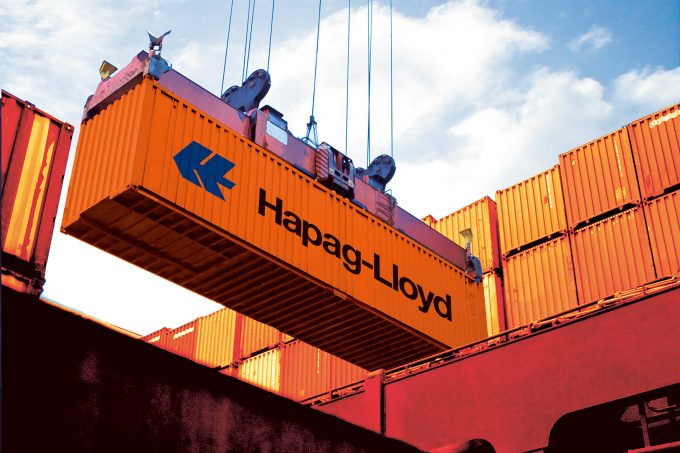
By Mike Wackett
Hapag-Lloyd posted a net profit of $18m in the second quarter of the year, after a loss of $111m in the same period of 2016.
However, the carrier still recorded a deficit of $49m for the first six months of trading, which it partly blames on the ...




Comment on this article